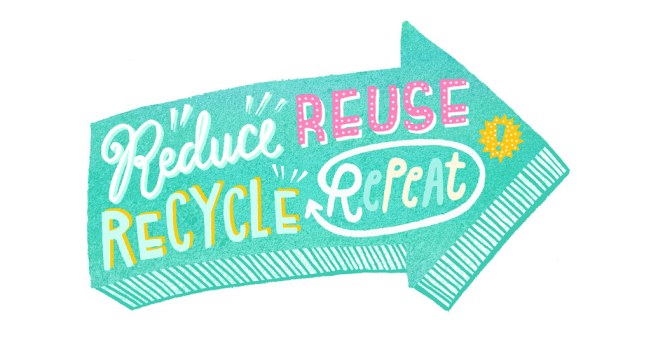25 Years in UX Research

It’s hard to believe that I first started in the field of User Experience 25 years ago. In 1998, I began the Master’s degree program in Human-Computer Interaction (HCI) at DePaul University. Since then, I’ve worked for four different companies—as both a generalist UX designer/researcher and as a UX research specialist.
I recently published an article on UXmatters about the changes I’ve perceived in the field of UX Research over the last 25 years: Changes Over the Last 25 in UX Research.
I cover the expansion of UX education, the change from “Usability” to “User Experience,” changes in UX job titles, increased business buy-in to the value of UX, surviving several economic downturns, usability testing moving earlier in the design process, the decline of heuristic evaluations, the increase in generative research, people increasingly demanding better user experiences, an explosive increase in the number of UX jobs, improvement in user experiences, the increase in remote research, the development of research operations, and the ability of UX research to easily adapt to technology changes.







